Slides: Begging For Game Diversity at an IGDA Austin Microtalk
 Back in May of 2010, then-chair Kain Shin invited me to speak in front of the Austin chapter of the International Game Developers Association, at a microtalks session that would also include a handful of local indies and otherwise, like Trent Polack, Matt Piersall of indie audio studio GL33K, and Harvey Smith.
Back in May of 2010, then-chair Kain Shin invited me to speak in front of the Austin chapter of the International Game Developers Association, at a microtalks session that would also include a handful of local indies and otherwise, like Trent Polack, Matt Piersall of indie audio studio GL33K, and Harvey Smith.
With a vastly different audience than my first talk, I knew I couldn’t — as I was invited to do — simply repeat my GDC Indie Rant, so I decided to laser-target the crowd in the room that night: Austinites, and more specifically, Austin developers who very probably weren’t working in and/or had little familiarity with the indie world.
I’ll let the now fully-annotated slides speak for themselves, but note that this is the first appearance of My Magritte Joke, which I almost hesitate to include here because I’m still using it in speeches, and it still gets the biggest laff, and I don’t want to wear it too thin. Too late now!
P.S.: if you have photos/audio or even (!) video of the talks that night, let me know! Anyway, OK, here we go:
Hey everybody, I’m Brandon, used to write for Gamasutra and Edge, and then founded Offworld, and just last week I was named chairman of Indie Games Festival.
So, originally, I wanted to do a talk about the overall cycle the games industry has gone through since its very beginning, and I wanted to start —
just a little bit south of where we are right now, with Richard Garriott — right at the dawn of computer games.
I’m sure everyone here knows the legend —
— how he built his empire (and a bitchin’ castle), starting as a teenager, one self-sealed ziploc bag at a time.
And in thinking about this, I’ve realized there are a lot of interesting parallels to be drawn between how games have grown up and how the music industry has progressed —
In the early 80s we were able to sell games on cassettes, reproduce them and distribute them in small numbers on our own, as people did in the music biz — this tape on the right spawned an entire independent music movement called C86, where tiny labels grew up publishing their own cassettes —
And there was even a real brief stint where games moved into vinyl, mostly as a novelty, like this Thompson Twins adventure game that came on a 7” record–
Anyway, you see where I’m going here, how both games and music moved to CDs and beyond — but doing this concept justice was ultimately outside the scope of a 5 minute talk.
But thinking about Garriott and Austin game development in particular got me thinking about someone else —
this guy, who will be speaking later — Harvey Smith.
Back in 2006, when I first started at Gamasutra, I interviewed Harvey, and he said something that’s still resonated with me to this day–
This part right here, “OK, we know how to model gunplay”. Every time I re-read it, I hear it with a little more exasperation. OK, OH-KAY, we KNOW how to model GUNPLAY.
Why aren’t we testing the waters in a new area? Why aren’t we approaching games as Romeo & Juliet rather than Lord of the Rings–
And thinking about this directly led me to something else I observed when I was at Gamasutra. We used to run this column called Media Consumption, where we’d ask developers what they were listening to, watching, reading, playing.
It was a great, illuminating, idea, but time and time again–
We’d get the same fucking answers back. People were watching Star Wars. They were watching Lord of the Rings. Or Battlestar Galactica. Or just name whichever sci-fi/fantasy property.
Only VERY rarely you’d get an answer back that was a complete surprise–
like this one, recommending this amazing Miranda July movie over everything else.
So, any guesses as to who made this left-field shout out?
Of course, it was Tim Schafer, who’s done more over the past couple decades to push character and humanity and obviously humor in games than nearly anyone else.
But so, I’m not here to knock sci-fi or fantasy — I love my Joseph Campbell as much as the next guy — but I do think the fixation is contributing to one of the industry’s much-discussed core problems, a stagnation where games are continually about THIS GUY, over and over again.
And so what I’m calling for is more media literacy from people who make games, because honestly–
we have literally one of the finest institutions in the WORLD for this — three of them — right here in town. I implore you to use it not only to see Iron Man 2 or Kick Ass, but to stray WAY outside your comfort zone and discover something completely unexpected. I promise you: it will only make your games better.
So a year ago my good friend Margaret wrote a column for Offworld where she talked about the essence of game design as VERBS. In particular, she brought it up because we were obsessed with this DS game called Picross 3D, which actually just came out in the US a week or so ago–
See, Picross is a game whose core verb is SCULPTING, basically exactly like an old master, chipping away at a big stone block, based on the logic of the numbers you see here, until you reveal the object inside, like the puppy that’s about to pop out of this. It’s a brilliant game–
and it made me wonder how many verbs we actually have in the English language, which this helpful website says comes out to just under 36,000. But how many are being used in game design?
a desperately small number. Even if we cheat and break it down into smaller sub-categories, even if we don’t just go by the major genres like “adventuring, or driving,” we’re still only utilizing a fraction of our potential–
in very broad terms, we’re — still, in 2010 — taking the absolutely AMAZING capacity of this brand new art form that can express mystery, surreality, humanity, can express ANYTHING that we can possibly imagine, and too often we’re reducing it–
to this. The cheap thrill of a clean headshot.
And I’m not trying to be coy or naive about WHY we do this–
See, this is Noby Noby Boy, a five dollar downloadable PS3 game from Keita Takahashi, the guy that created Katamari Damacy. It was released in early 2009, and to date, as of last Sunday, WORLDWIDE, with the FULL BACKING OF THE ENORMOUS FOUNDATIONAL GAMES PUBLISHER NAMCO–
it’s sold just over 113,000 copies, a number which, like Keita admits, Call of Duty sells about every 10 minutes.
So yes, there IS a challenge, primarily in a retail context — everyone’s risk averse because everyone wants to make enough money to feed their family, and drink with friends, as we’re doing here tonight.
But that actually brings me straight back to where I started off, because there has NEVER, in the entire history of games, been a better time for another single person to make something that can make a difference, that can reach an audience that will sustain — well, at least a CERTAIN kind of lifestyle — and, more importantly, will appreciate your perspective and your honest expression.
It’s the path that — even if he’s only started out with a Facebook poker game — our original indie Richard Garriott’s turned to — away from retail and onto games that only live on the web–
and it’s a path that Harvey Smith’s gone down, taking time out from Arkane to design an experimental iPhone board game about the emotional trade-offs in our lives.
It’s a path you can take by downloading Adam’s flixel library to make Flash games over a couple weekends, or by getting an iPhone dev kit and getting comfortable with it at night.
But above all, if you go down this path, don’t just make us a game another game about THAT GUY. PUT DOWN YOUR WEAPON and tell us a story we’ve never heard before, one that only you can tell. And when you’ve done that, seal that game up in your own personal digital ziploc bag–
and tell me about it or e-mail it to me as soon as you can. Thanks very much.
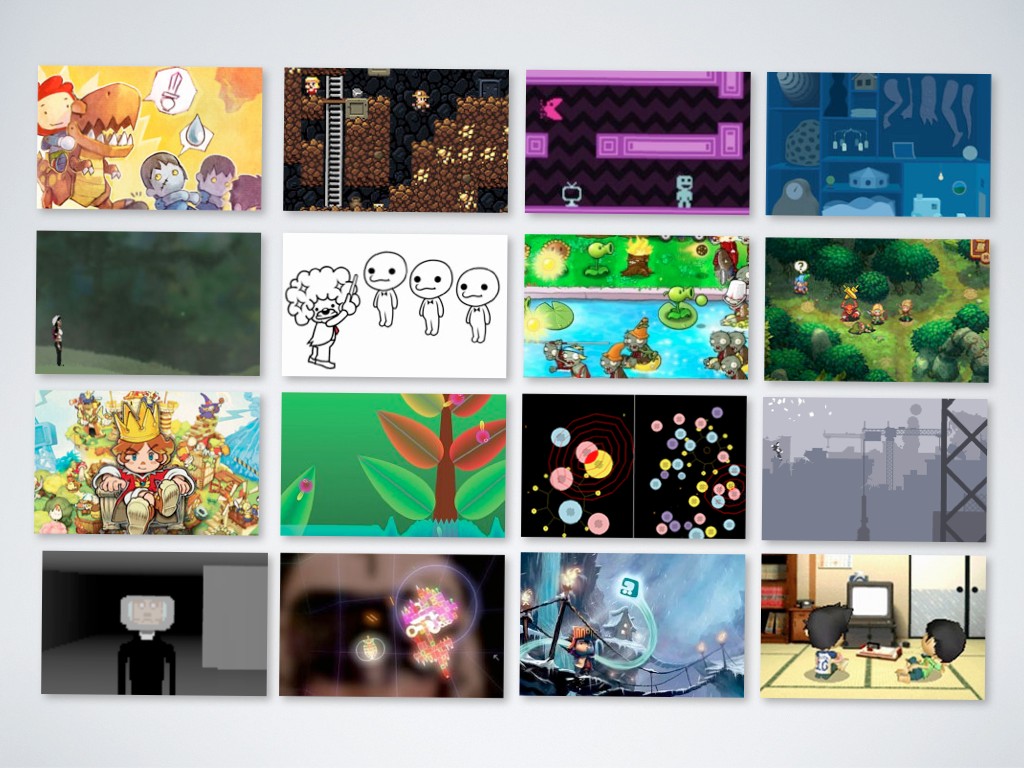
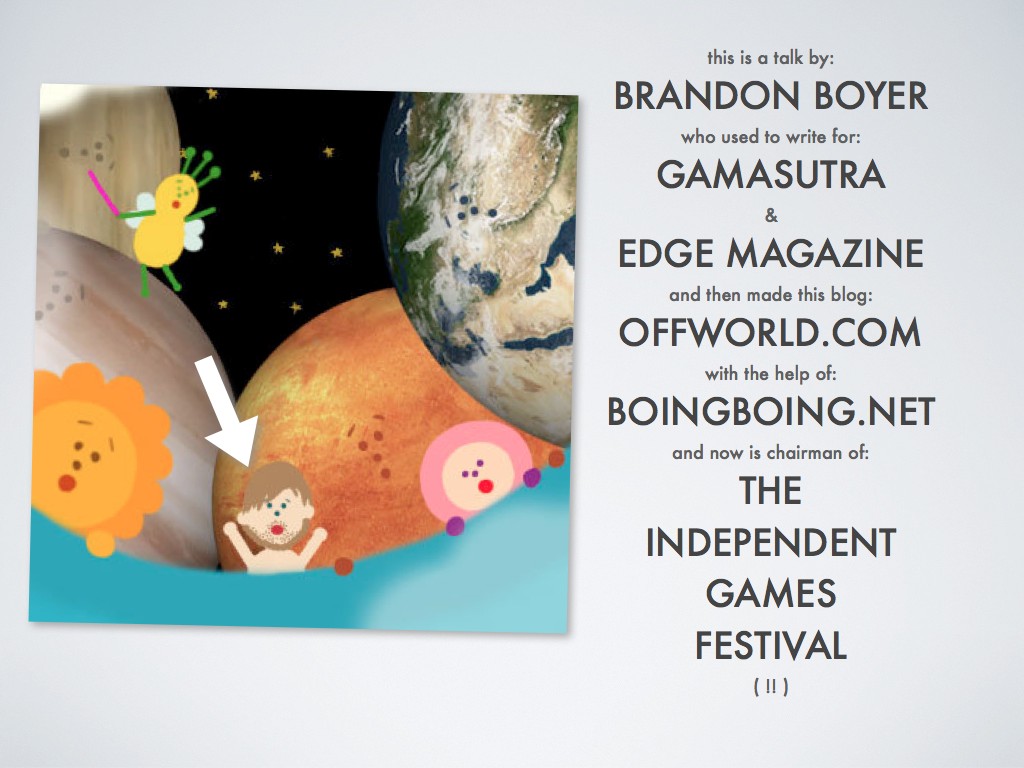
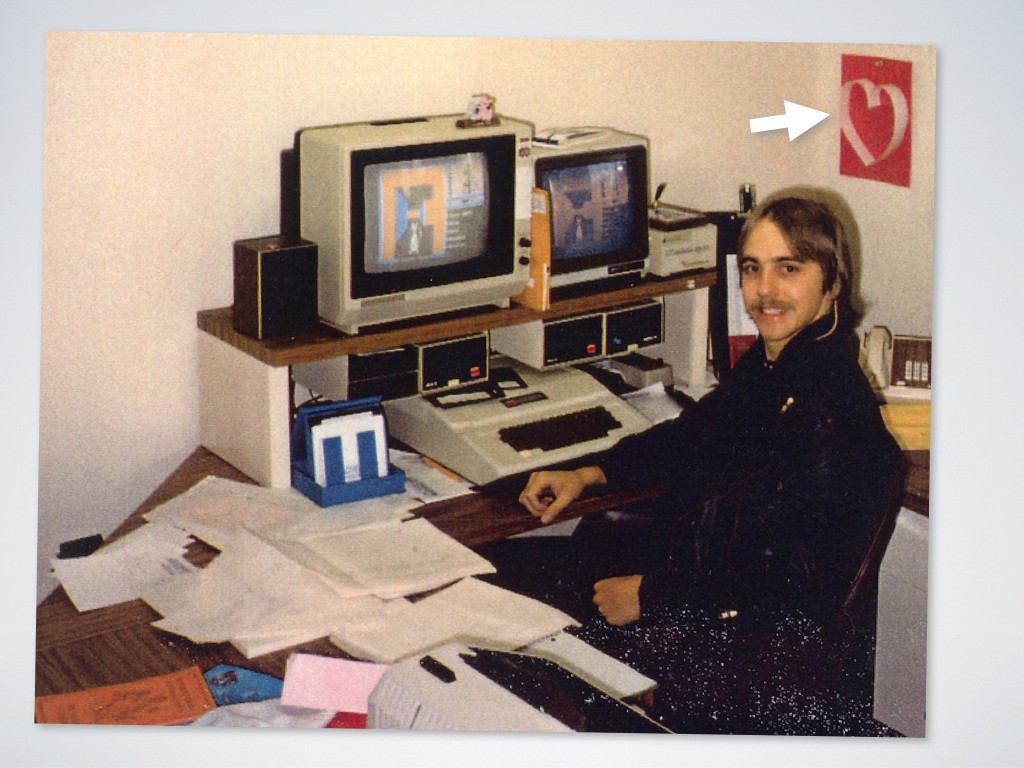

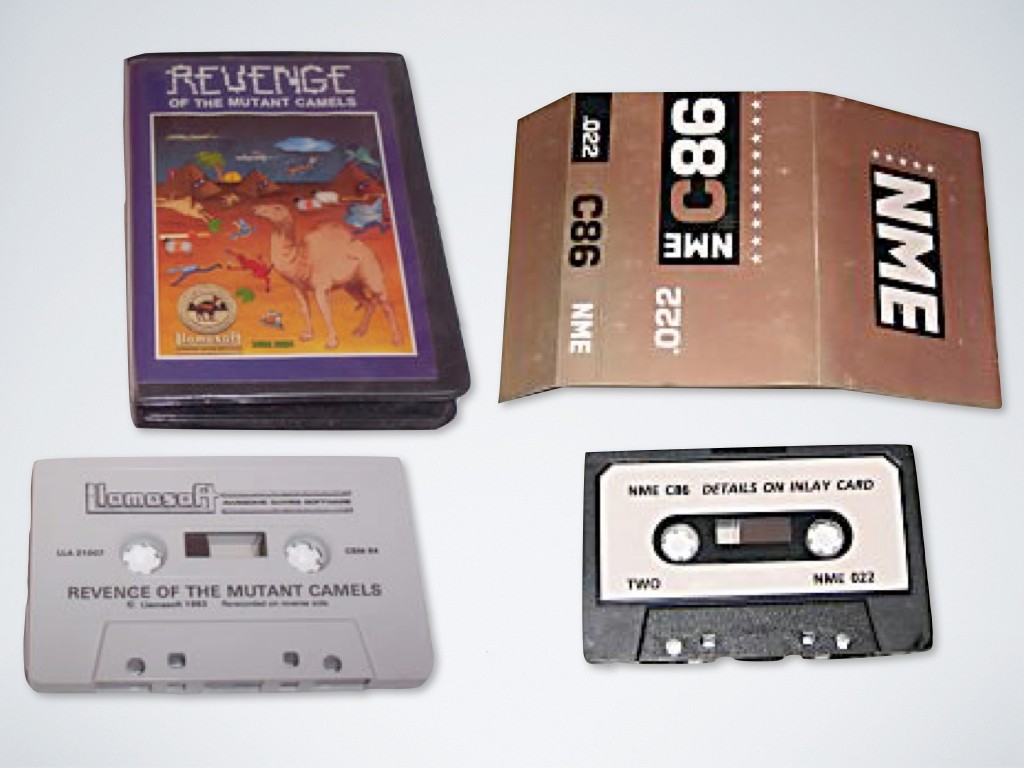
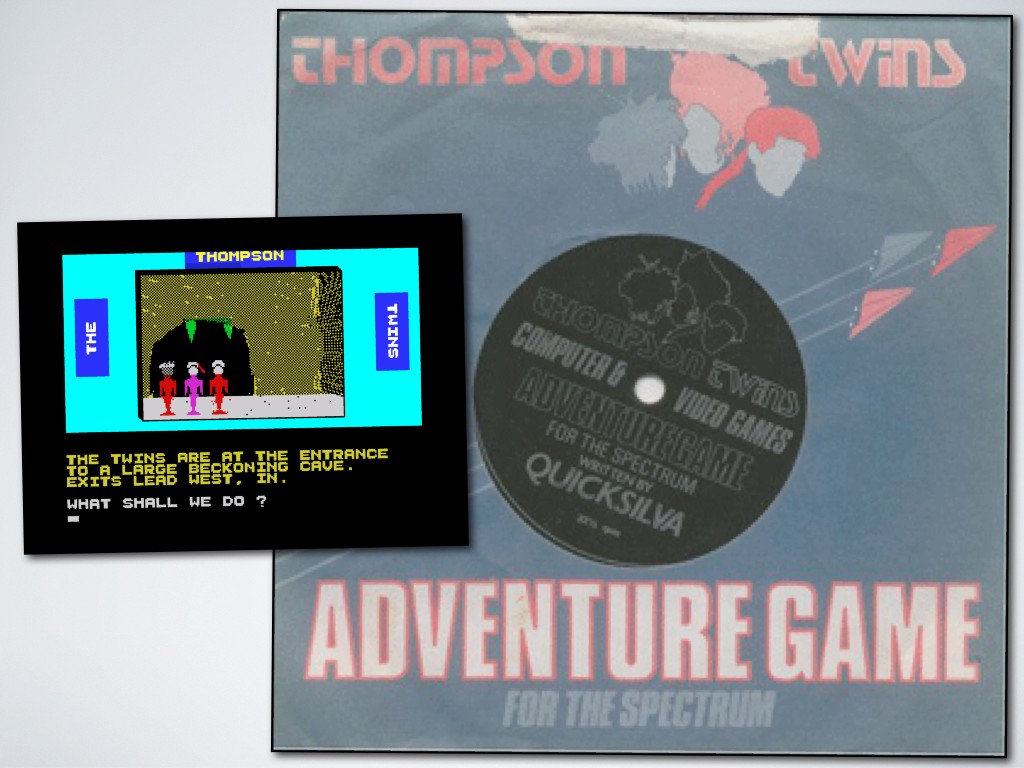


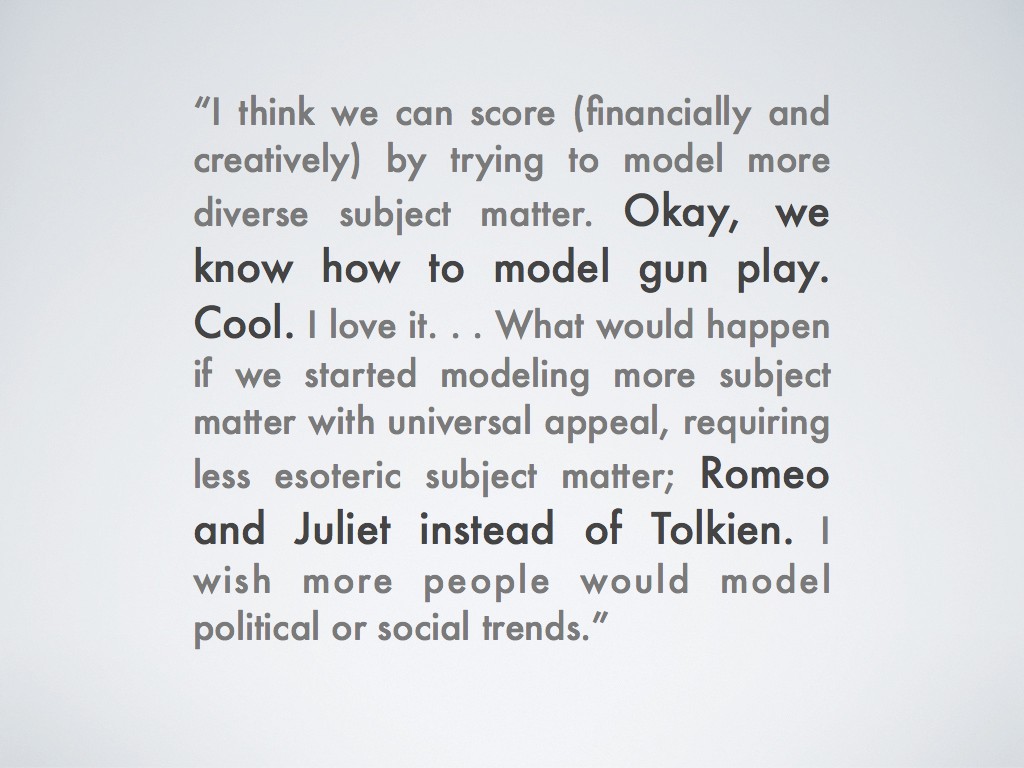

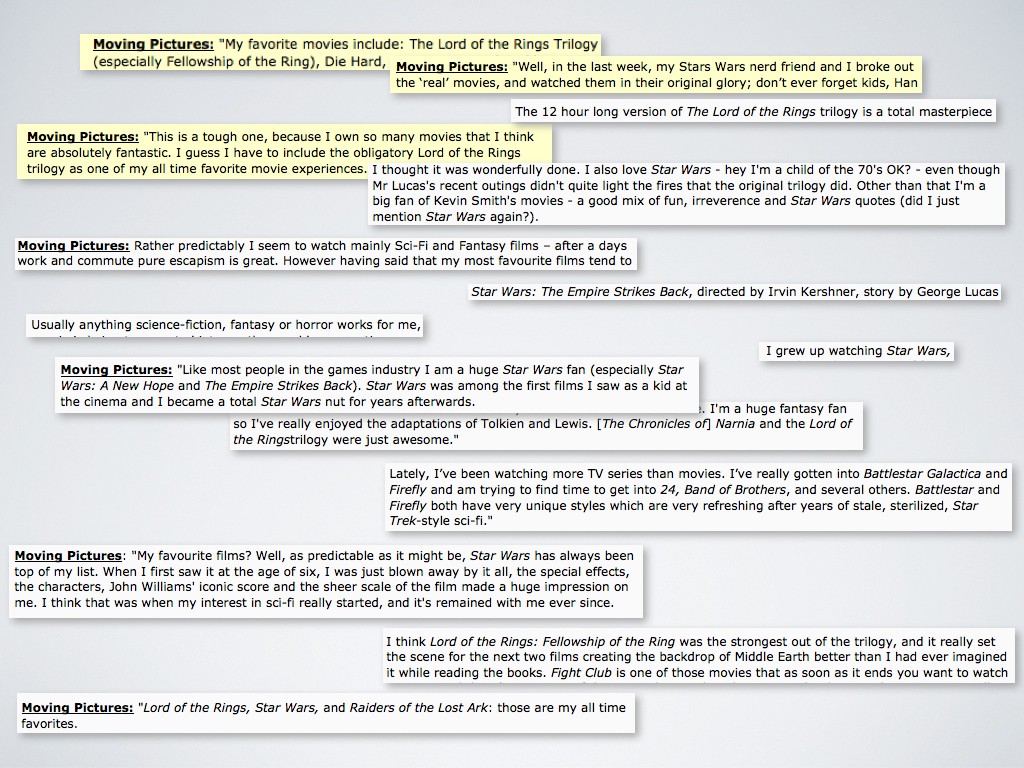
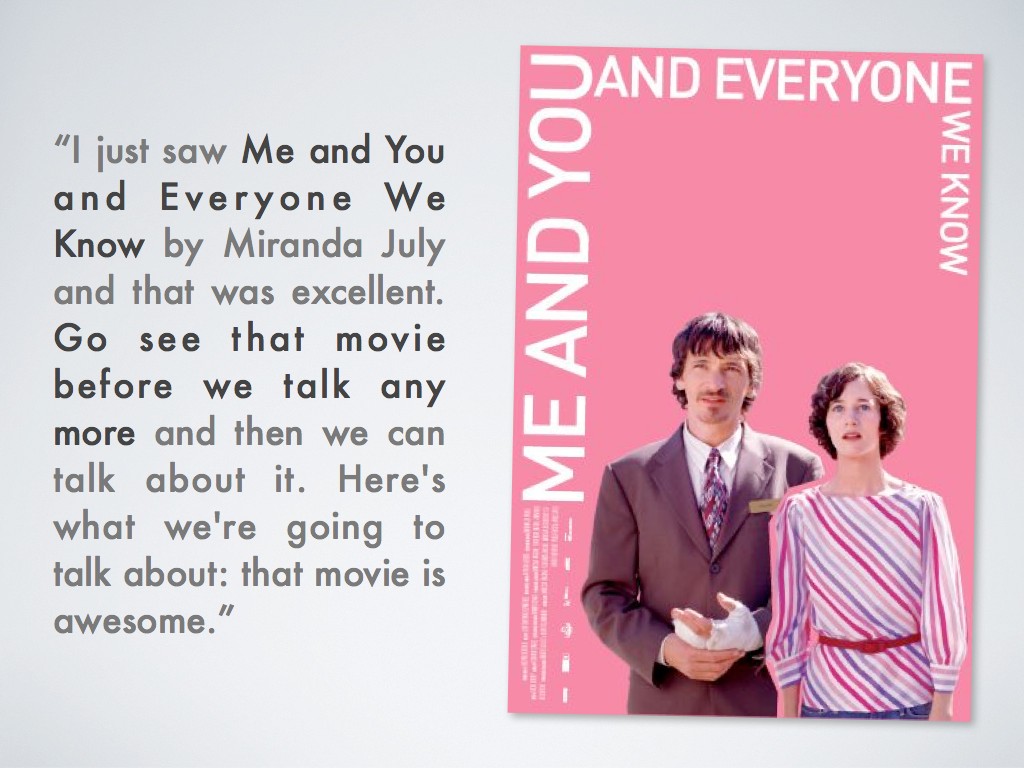
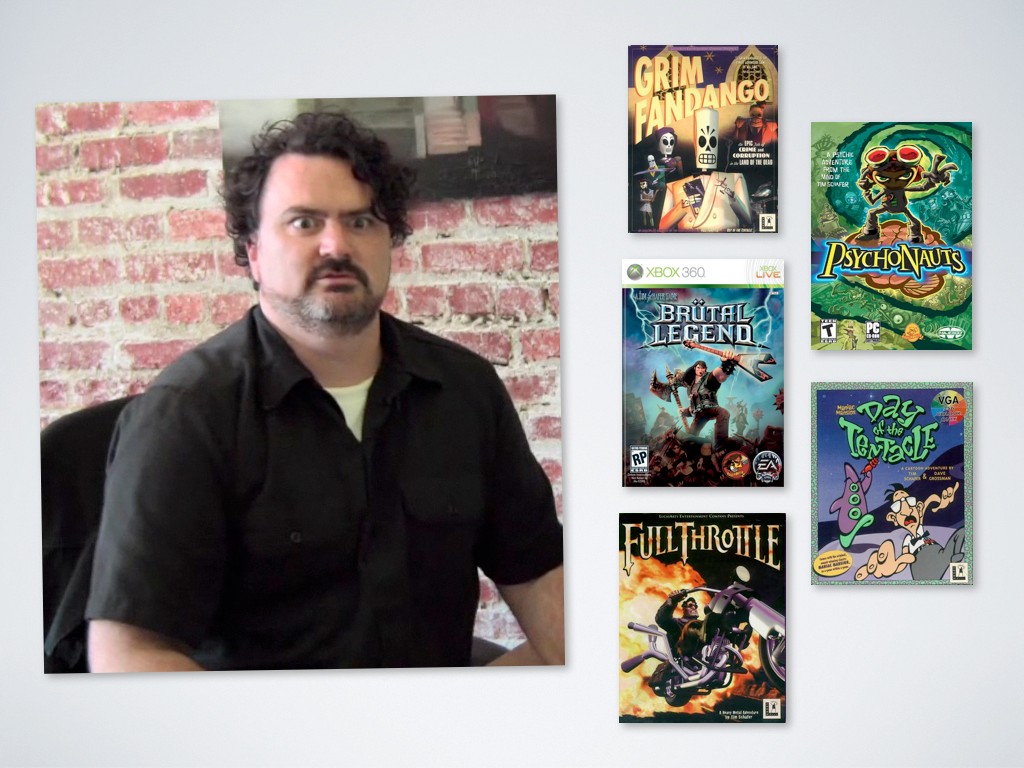
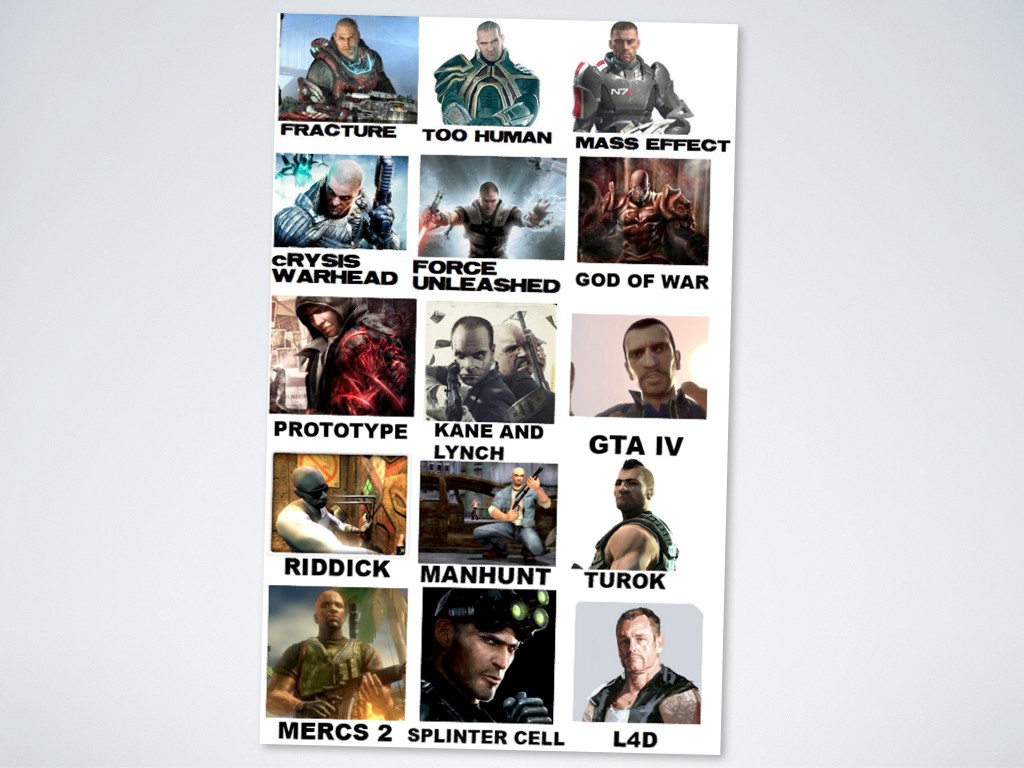
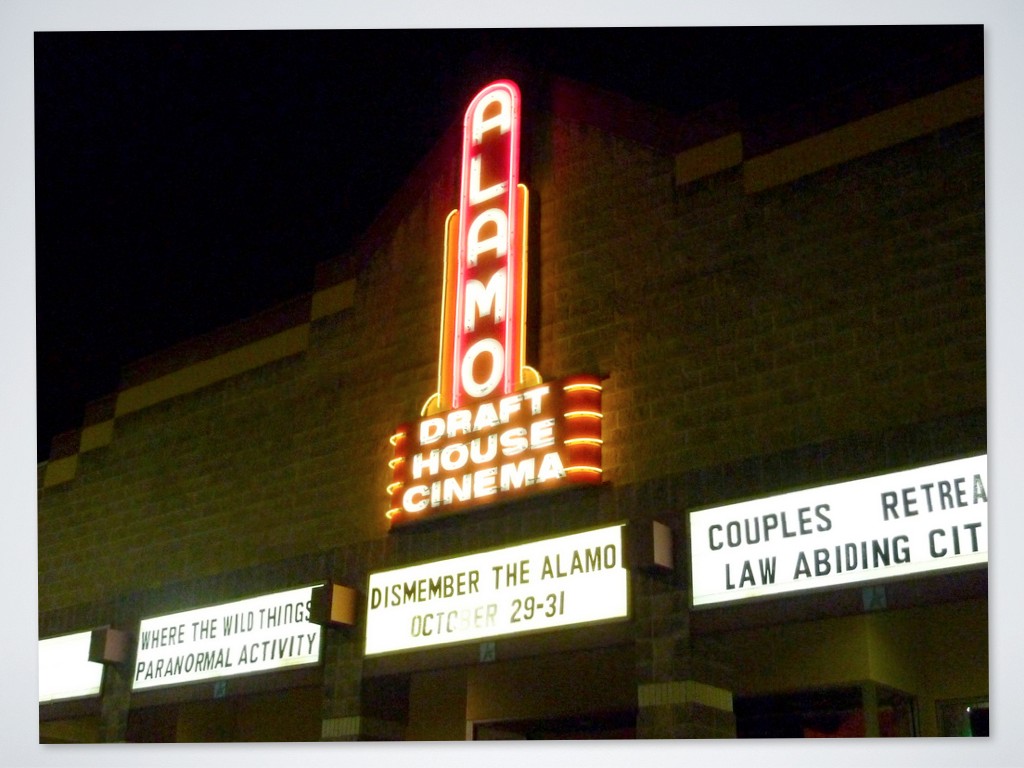
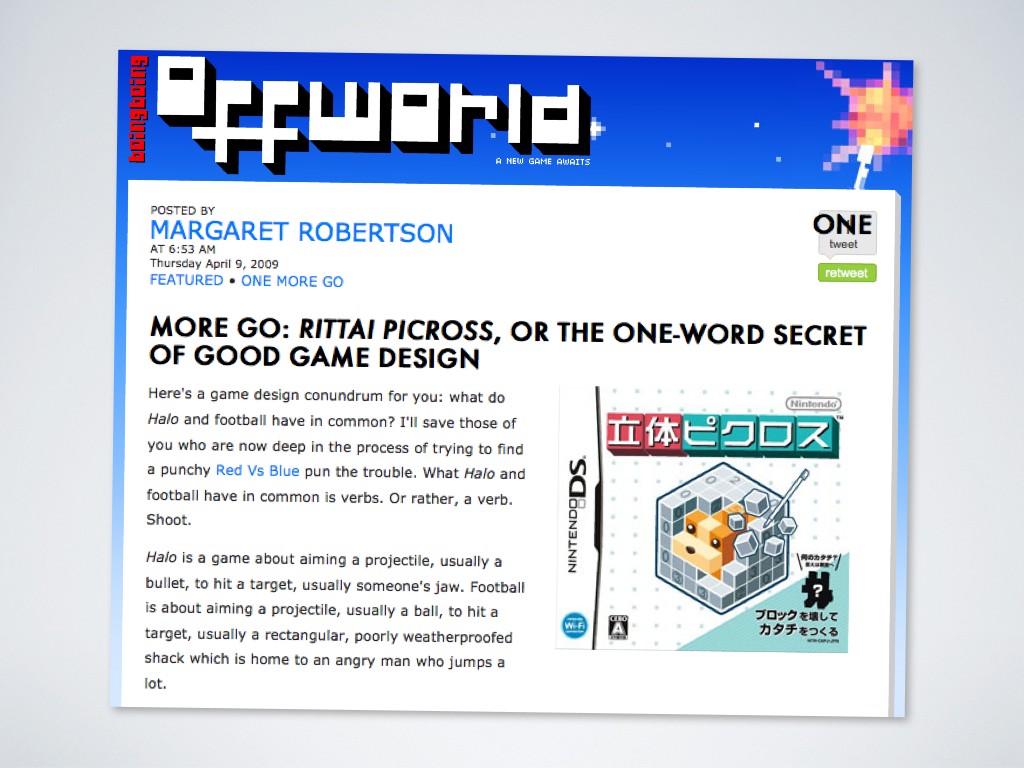
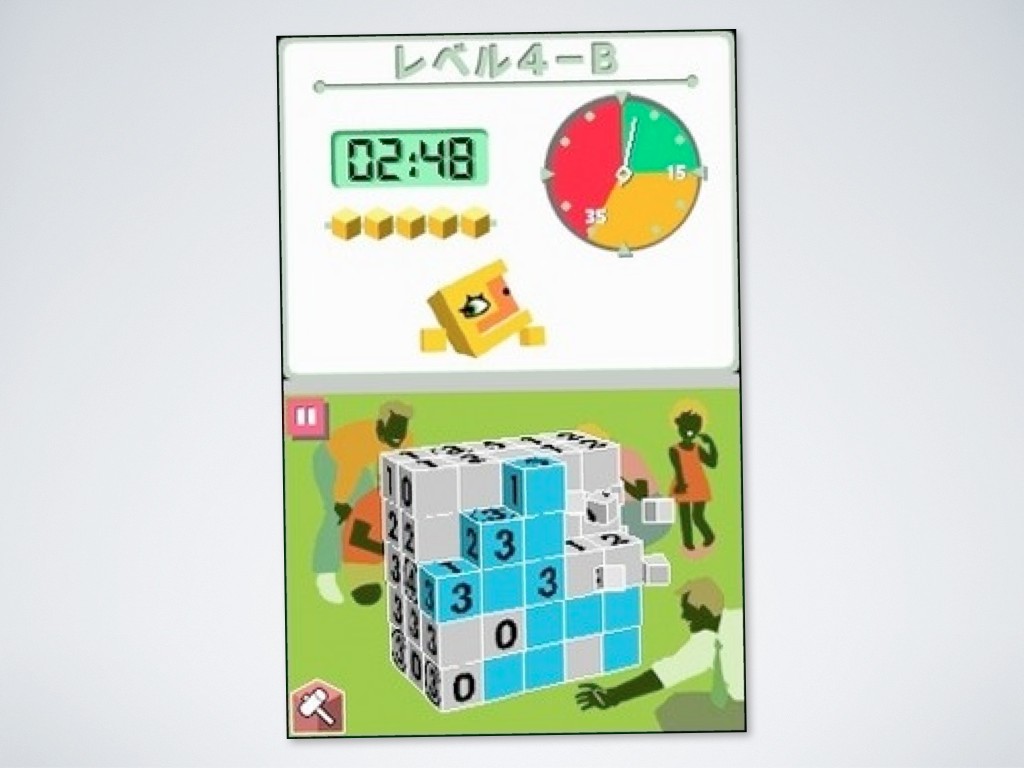

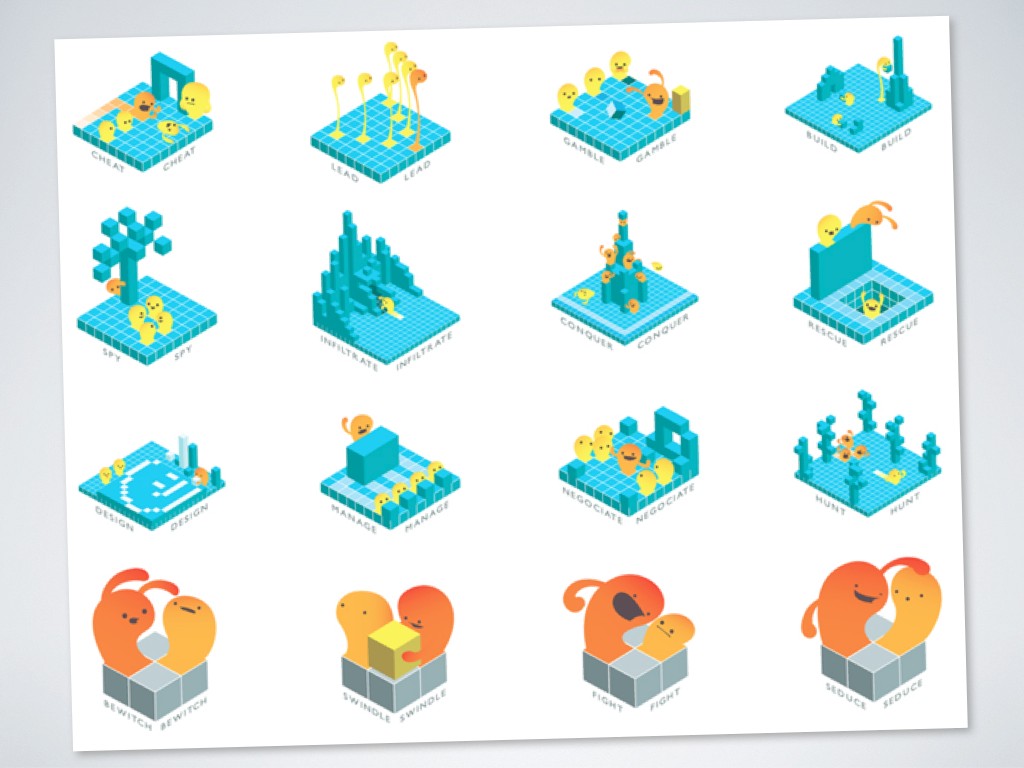
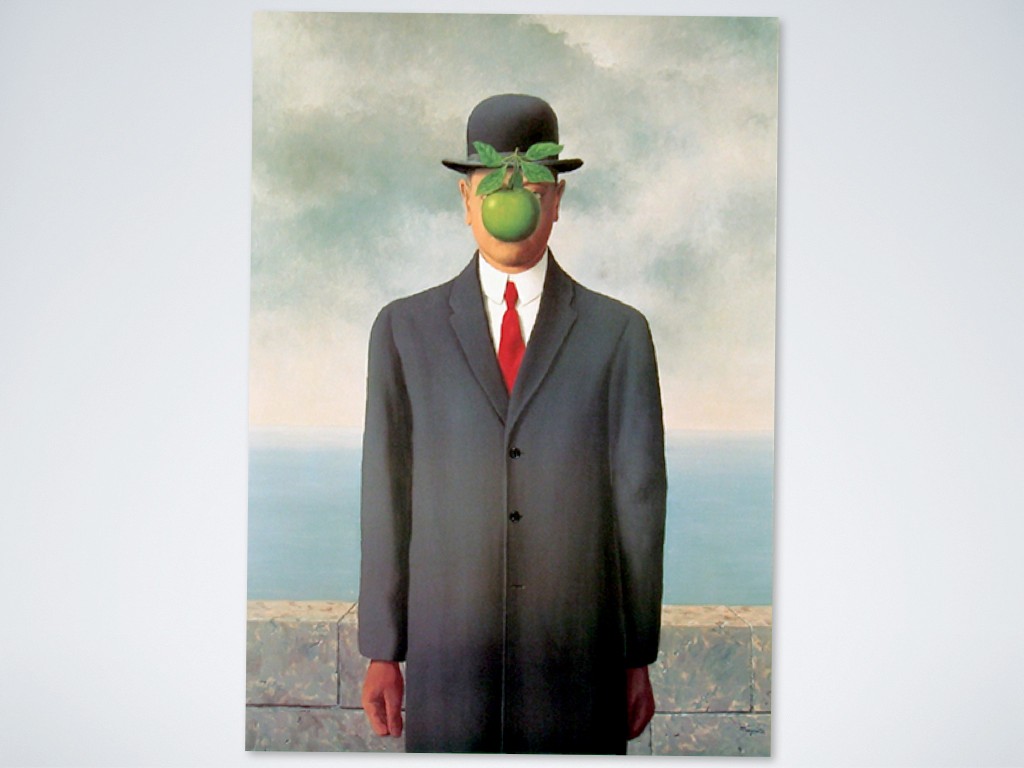
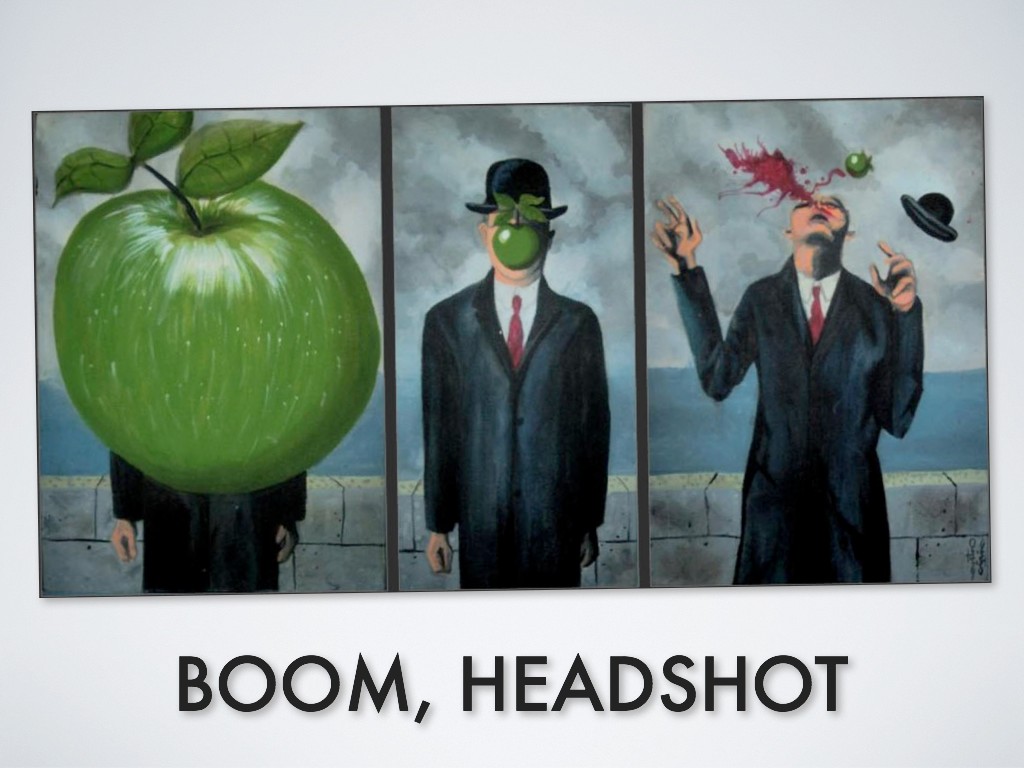
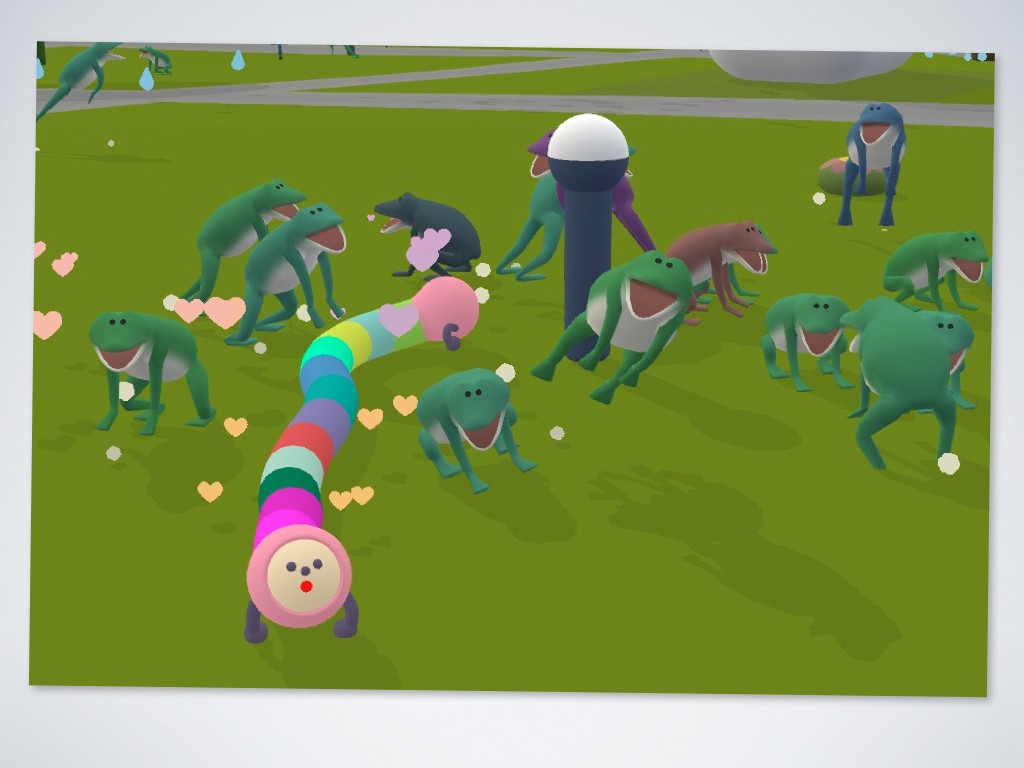
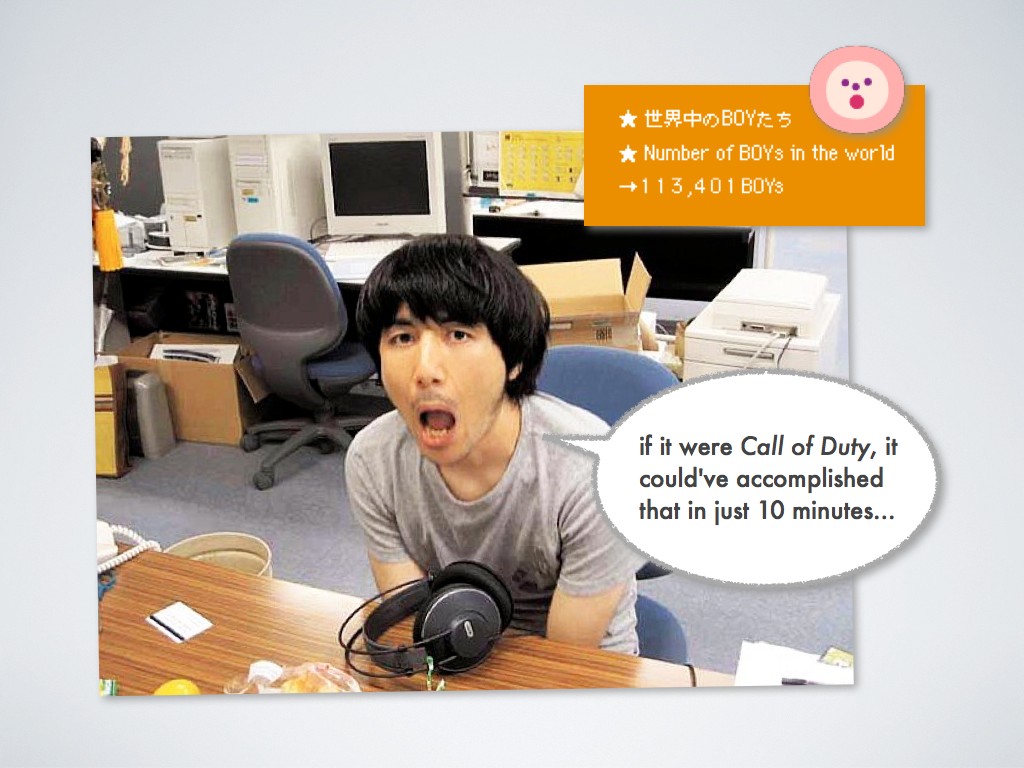
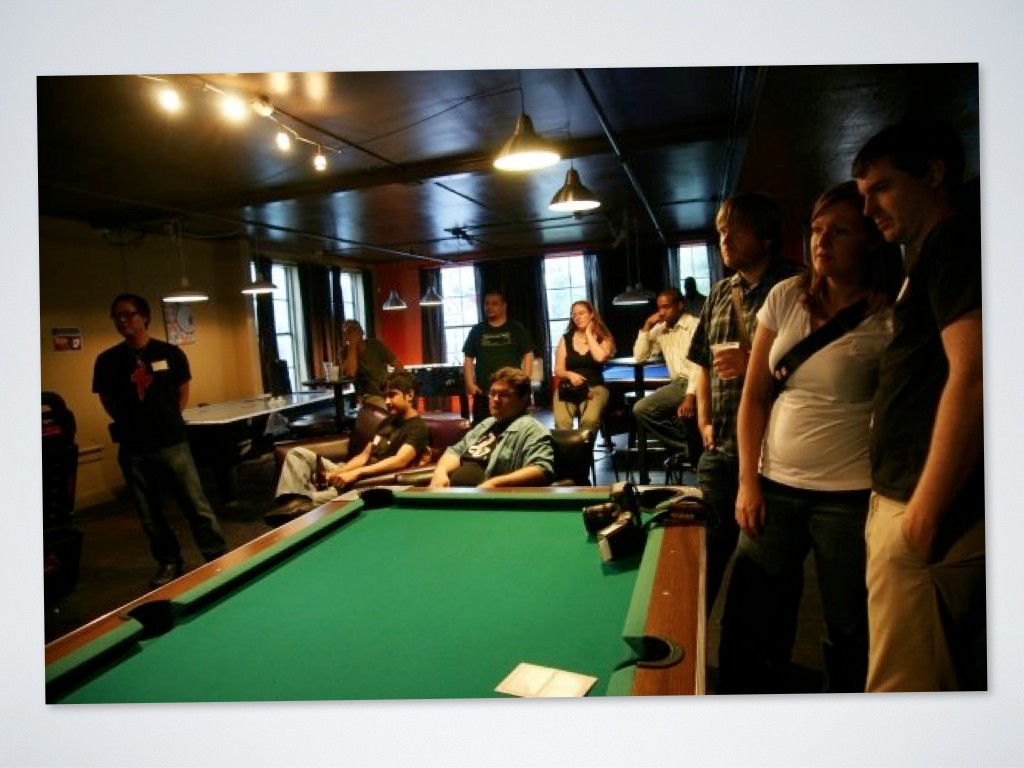


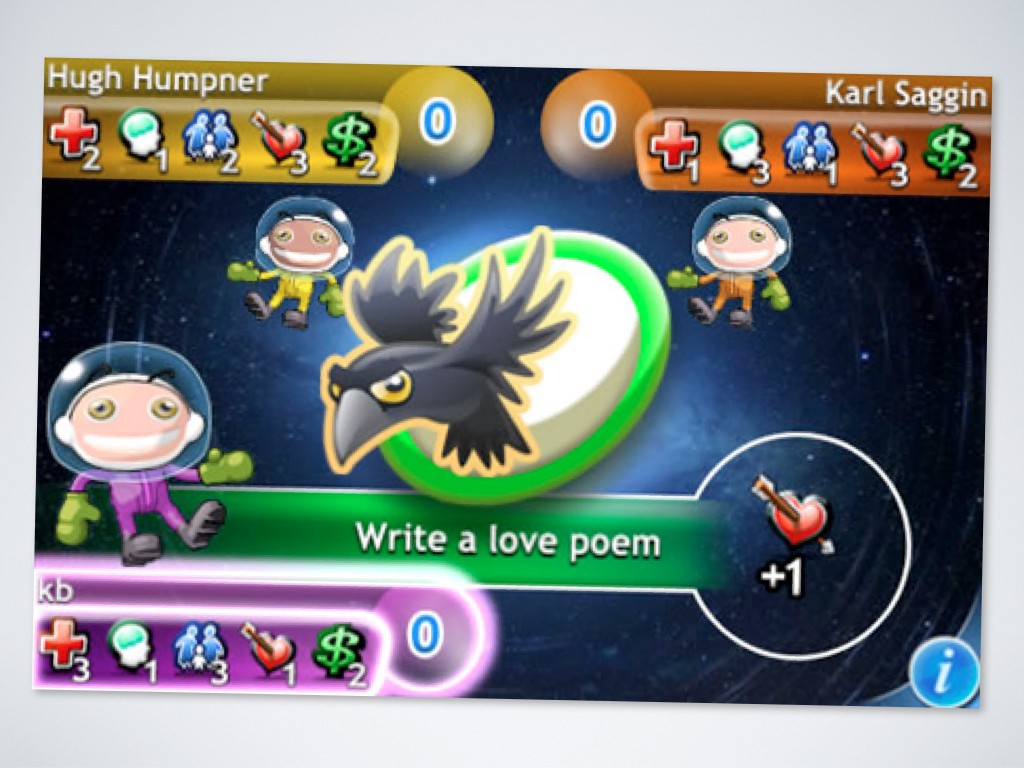


4 Comments
Join the discussion and tell us your opinion.
Stories Schmories. Explore new mechanics, new gameplay, if you want to show people a story write a book or a movie, then at least I don’t have to play something that’s personal to you and can begin playing things personal to me.
“Stories” may be the lightest reading of what I’m trying to call for here (barring my use of the word) — it’s more a diversity a themes, which are more intricately intertwined with mechanics and play.
NOBY might have the reediest “story” of all (see: http://www.offworld.com/2009/07/one-shot-nobys-essence-in-nine.html ), but — if you delve deep enough — thematically it’s in its own, like, you know, solar system (at least), and explores those themes solely through its play.
So yeah, I hope it’s clear (in five minutes of rapid-talk) that I’m not asking for better cut-scenes or interstitial text, but rather a wider range of frameworks in which people can have new experiences, as you describe: experiences beyond “You are Strong; there are Enemies.”
Yep.
[…] Follow This Blog ← Slides: Begging For Game Diversity at an IGDA Austin Microtalk […]